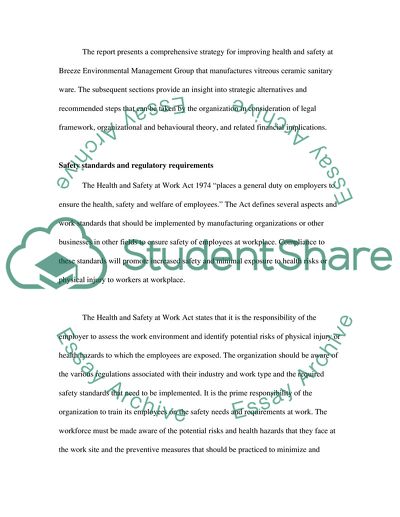Cite this document
(Protective Gear Against Potential Hazards Research Paper, n.d.)
Protective Gear Against Potential Hazards Research Paper. Retrieved from https://studentshare.org/health-sciences-medicine/1731990-health-and-safety-report
Protective Gear Against Potential Hazards Research Paper. Retrieved from https://studentshare.org/health-sciences-medicine/1731990-health-and-safety-report
(Protective Gear Against Potential Hazards Research Paper)
Protective Gear Against Potential Hazards Research Paper. https://studentshare.org/health-sciences-medicine/1731990-health-and-safety-report.
Protective Gear Against Potential Hazards Research Paper. https://studentshare.org/health-sciences-medicine/1731990-health-and-safety-report.
“Protective Gear Against Potential Hazards Research Paper”, n.d. https://studentshare.org/health-sciences-medicine/1731990-health-and-safety-report.


